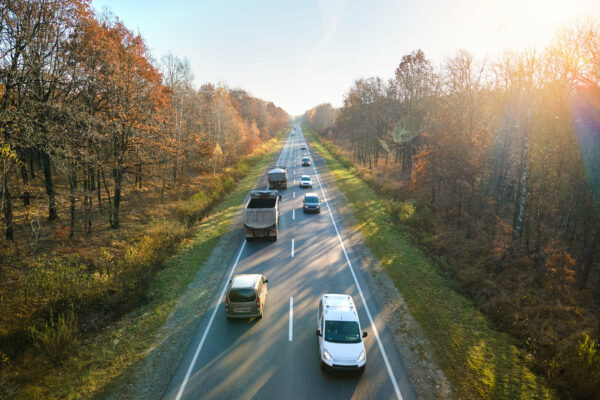You’ve probably heard of the two-second rule: you count ‘one thousand and one, two thousand and two’ as the vehicle in front passes a stationary object, and by the time you’ve finished saying it, your vehicle will be passing that object. Or, more accurately, get a passenger to time it! Anyway, the purpose is to give you a buffer to stop safely should the vehicle ahead of you stop suddenly.
In reality, your reaction time will be around 1.5 seconds, so that gives you just 0.5 seconds for the brakes to do their thing; if the vehicle in front of you has had a head-on collision with another vehicle, 0.5 seconds is never going to be enough to stop, especially if you’re driving in adverse conditions, or you are in a heavy vehicle.
Therefore, you don’t have to limit it to two seconds. You could do 3, 4 or more, depending on the conditions and the type of vehicle you are driving. Where you might use the 4-second rule could be:
- You are towing a trailer or caravan
- Your vehicle is heavily loaded (e.g. 5 people plus luggage)
- Someone is tailgating you, so you want to leave more of a buffer to the vehicle in front
- The vehicle in front is tailgating someone else, so you want to add a bit more buffer
- You are driving an HGV
- The road is slippery because of the road’s surface (e.g. gravel)
- The road is slippery because of the weather (e.g. rain)
- You’re following a heavy vehicle which is reducing your visibility ahead
- General visibility is compromised (e.g. fog)
If it’s icy, then you could increase it even more.
When following large vehicles such as buses and lorries, the closer you are, the less you can see ahead, so if you’re not planning on overtaking, drop back a bit to give yourself more visibility of the road ahead.

